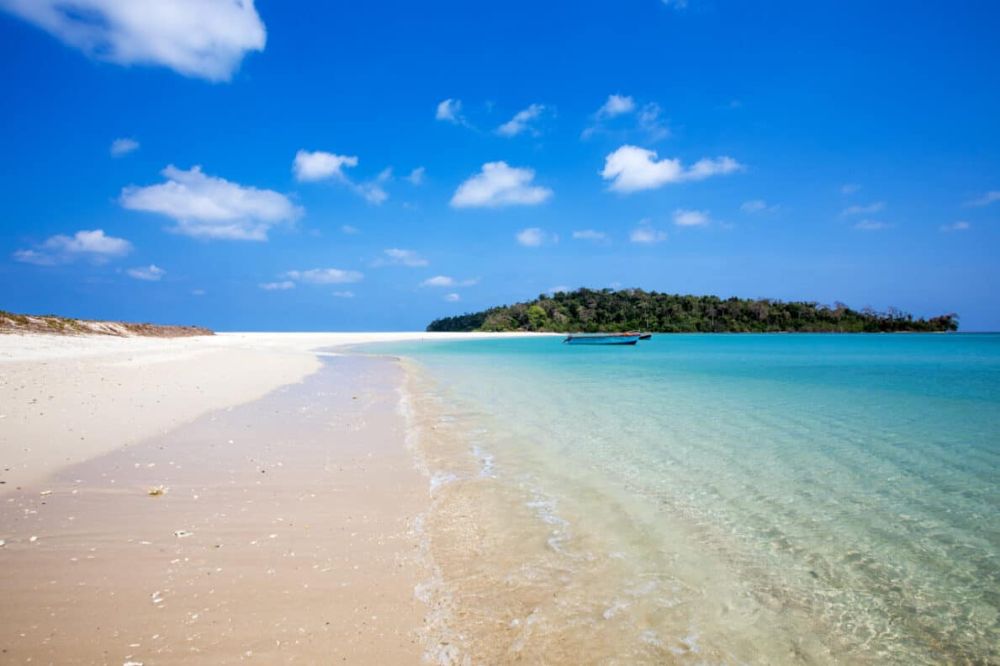

Diglipur, located in the northern part of the Andaman and Nicobar Islands, is a serene destination known for its picturesque landscapes, marine life, and rich ecological variety. The history of tourism in Diglipur, as with the rest of the Andaman and Nicobar Islands, has evolved over several decades.
The initial footprints of tourism in Diglipur can be traced back to the early 20th century when the region was primarily used as a penal settlement during British rule in India. The infamous Kalapani or Cellular Jail in Port Blair served as a grim reminder of the islands' colonial past. After India's independence in 1947, the islands slowly started gaining attention for their natural beauty and biodiversity rather than their colonial history.
The real turning point for Diglipur, and the Andaman and Nicobar Islands as a whole, came in the late 20th century. The Indian government and various agencies began promoting the archipelago as a tourism destination. The establishment of the Andaman and Nicobar Islands Integrated Development Corporation (ANIIDCO) in 1988 played a crucial role in the development and promotion of tourism in the region.
The 1990s and early 2000s saw the gradual growth of tourism infrastructure with the development of better connectivity, accommodations, and the setting up of tourism information centers. Despite its remoteness, Diglipur started attracting adventure enthusiasts and nature lovers. Key attractions such as the Ross and Smith Islands, the mud volcanoes, and the Turtle nesting grounds at Ram Nagar Beach began to contribute to the region's popularity.
In more recent years, eco-tourism has become a significant focus, emphasizing the protection of the islands' delicate ecosystems while promoting sustainable travel experiences. The creation of the Saddle Peak National Park, home to the highest point in the archipelago, further highlighted the natural wonders of Diglipur.
As tourism trends have shifted globally, Diglipur has experienced a surge in demand for authentic and immersive experiences. Tourists are now seeking out activities such as scuba diving, snorkeling, trekking, and exploring the unique limestone caves. There has also been an increase in awareness and demand for sustainable practices and eco-friendly accommodations.
The local government has been working on improving the visitor experience by upgrading infrastructure and making travel to the islands more accessible. The introduction of the Digital India initiative has also helped tourists with better connectivity and smoother online booking systems for accommodations and activities in Diglipur.
Looking forward, the Diglipur tourism sector is poised for further growth but faces the challenge of balancing development with conservation. The recent focus has been to create more opportunities that align with sustainable tourism best practices to ensure that the natural beauty and the very essence of Diglipur continue to be preserved for future generations.
With its rich history, and as travel preferences continue to evolve, Diglipur is set to remain an important and captivating destination within the Andaman and Nicobar Islands' tourism landscape.